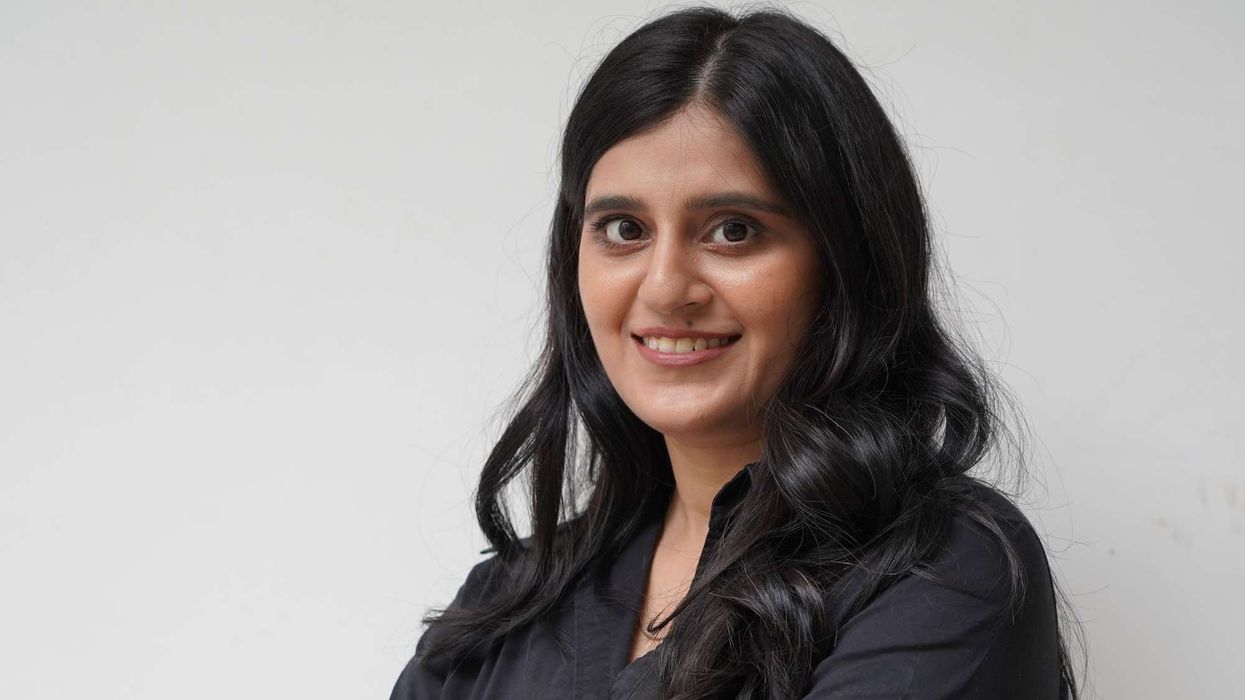UP TO 95 per cent of the coronavirus cases in Karachi have been asymptomatic, researchers said, shedding possible light on why Pakistan has been able to weather the pandemic.
Research by the Aga Khan University in Pakistan's largest city found that more than nine out of 10 people who contracted the coronavirus showed no sign of the disease.
Public health experts tested 2,000 people from several neighbourhoods across the sprawling metropolis of about 20 million.
"Ninety-five per cent of those who tested positive for Covid-19 reported feeling no symptoms of the illness such as a cough, fever or sore throat," Imran Nisar, the study's lead researcher, said.
Researchers said more surveys were needed to understand why so many cases appear to be asymptomatic in Karachi, but they suggested Pakistan's young population might have been a factor.
The country's median age is only 22, and the coronavirus is known to disproportionately impact older people with prior health complications.
"The proportion of asymptomatic cases in Pakistan is much higher than the developed world. Since asymptomatic people do not seek hospital treatment, this may help explain why Pakistan's hospitals have not been under the same strain as in Spain and the UK," the study found, according to a statement.
Pakistan's low number of cases compared to other South Asian nations has baffled public health experts.
The country has a long history of failing to contain several infectious diseases such as polio, tuberculosis and hepatitis, while successive governments have underfunded its healthcare sector for decades.
Cases are falling, intensive care units are seeing few virus patients and Pakistan has lifted most remaining restrictions, with schools and universities due to re-open next week.
To date Pakistan has confirmed about 300,000 infections and is recording a few hundred new cases per day, while the daily death toll continues to hover in the single digits.






 Neha Nagar Neha Nagar
Neha Nagar Neha Nagar  Neha Nagar
Neha Nagar Neha Nagar
Neha Nagar






